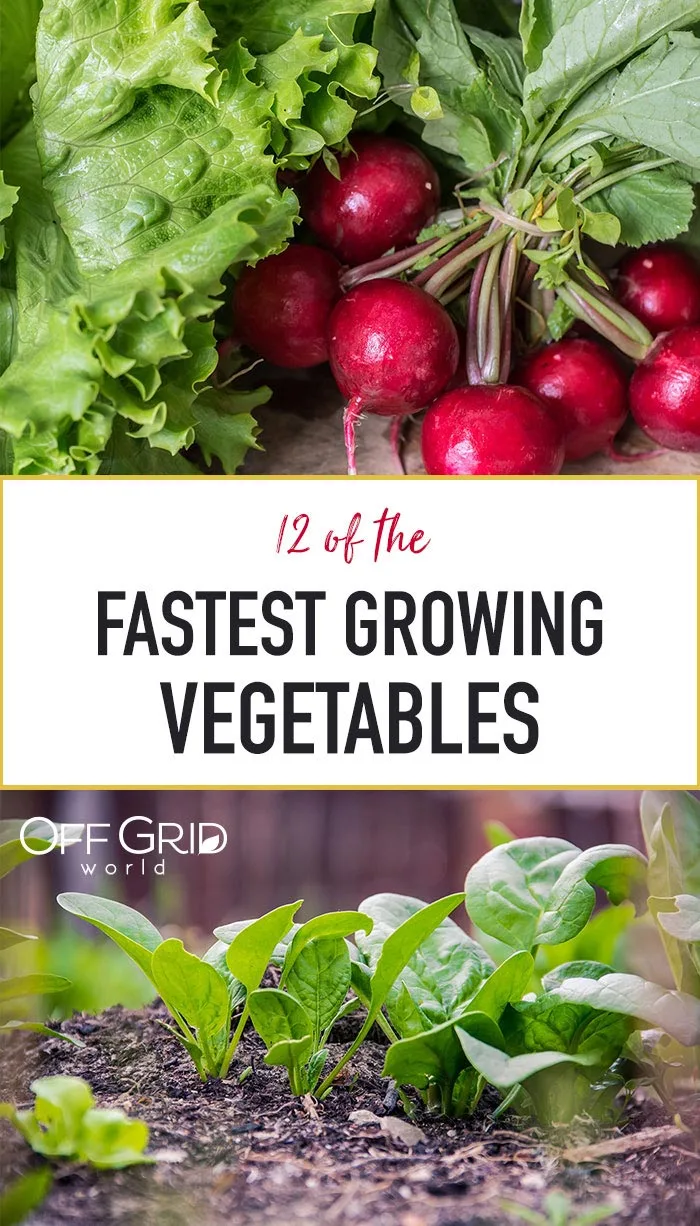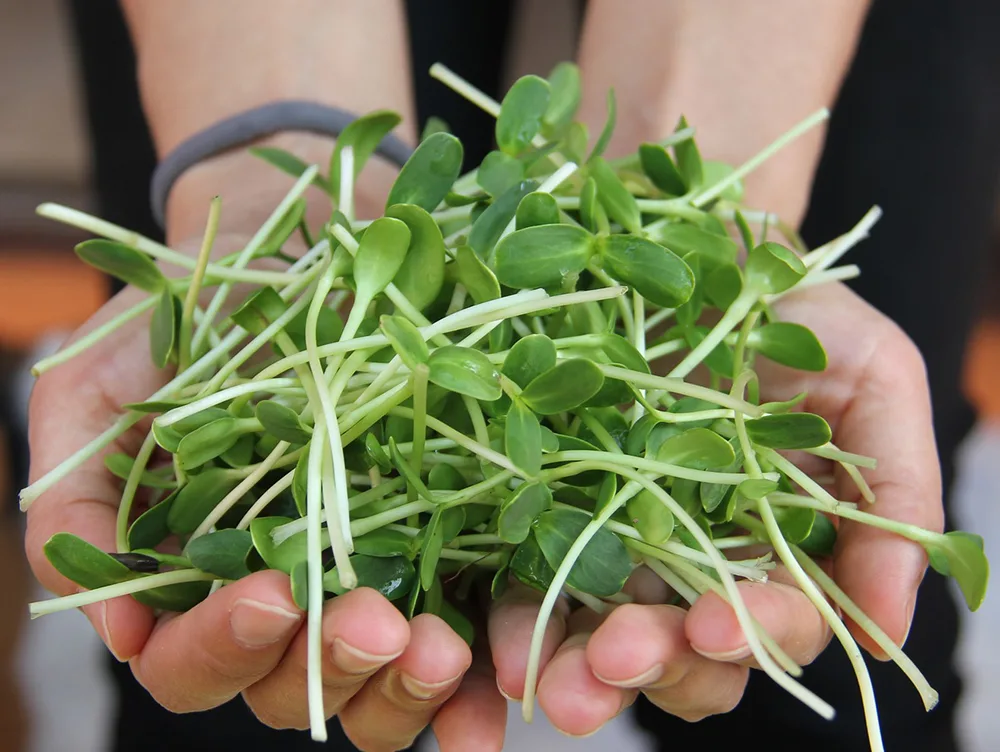In times of scarcity, we can’t always rely on the food industry to provide us with enough to eat. If you look back to the world wars where food was rationed, civilians were encouraged to grow their own produce in Victory Gardens to supplement what the state could provide. If you’re aiming toward self-sufficiency, then you should focus on the fastest-growing vegetables and fruits to get you started.

There are plenty of crops that will grow with very little intervention if you follow some simple guidelines:
- Provide nutritious soil
- Keep the soil moist (not drenched)
- Have plenty of sunlight
- Protect from pests
Following are some of the fastest-growing vegetables and fruits that are sure to keep your table full throughout your growing season.
The Fastest Growing Vegetables and Fruits
1. Sunflower shoots – 12 Days
This might seem like an odd start, but Jerusalem artichokes are of the sunflower family, so it stands to reason that its distant cousin could be edible. You eat sunflower shoots as they appear with their first leaves. They are tiny, but delicious and packed full of nutrition.
The shoots appear after just 12 days; just plant a handful of seeds in a large seed tray for a quick and easy harvest. The plant isn’t going to grow to maturity, so you don’t particularly need depth – a couple of inches of growing medium will be fine. Lightly cover your seeds with soil or whatever growing medium you are using and keep it moist.
Once the shoots have appeared and have grown two healthy leaves, they’re ready to eat. Don’t leave the shoots too long to harvest, because the larger they grow, the more bitter they become.
2. Radishes – 21 days
Radishes are crunchy, delicious, simple to grow, and well-known as one of the fastest-growing vegetables you can have in your garden. You don’t need to wait for a particular season to plant them, but they’ll thrive in temperatures between 50ºF and 65ºF.
Radish seeds germinate quickly; about three or four days after planting you’ll spot the leafy green shoots appearing. Plant weekly for a constant supply of these crunchy salad favorites.
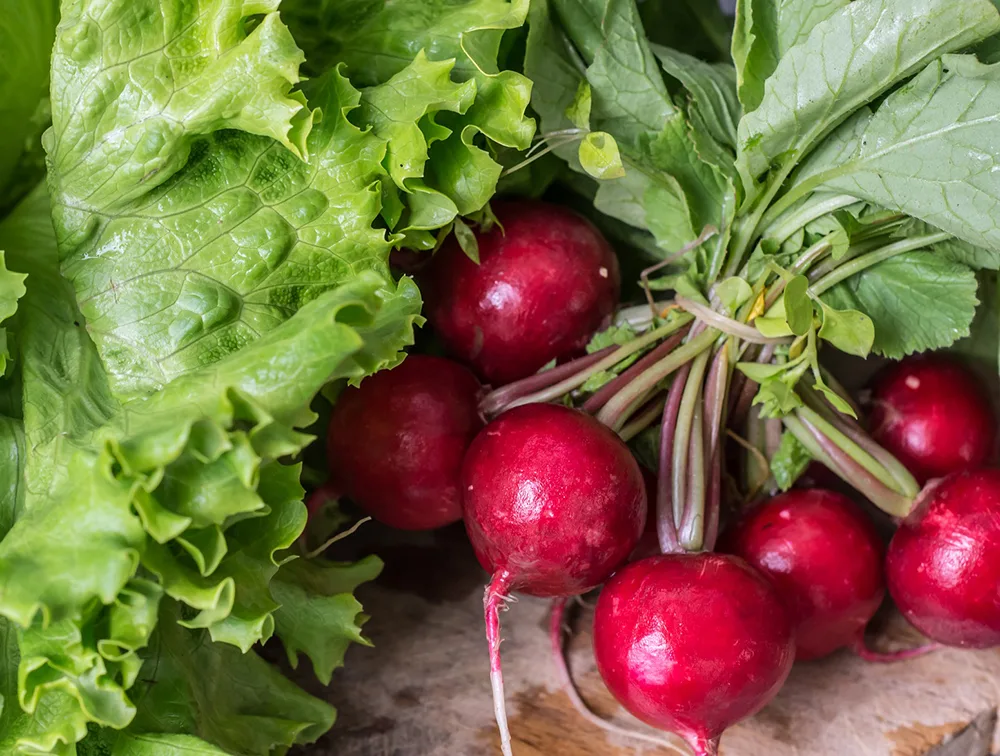
3. Scallions – 21 days
Onions grown to maturity take around six months, but scallions are the crop that just keeps giving. Grown from seed, they should be ready for the plate in 21 days.
One of the best ways to harvest scallions is to cut them rather than pull the full root out of the ground. Once the green shoot has reached six inches in height, cut it just above the soil and add it to your salad bowl or soups.
The plant will keep producing for the rest of the season, and often for years to come. Even in the coldest climates, green onions are usually the first plant to show up in the garden as spring approaches and the last to die off in fall when nights get frosty.
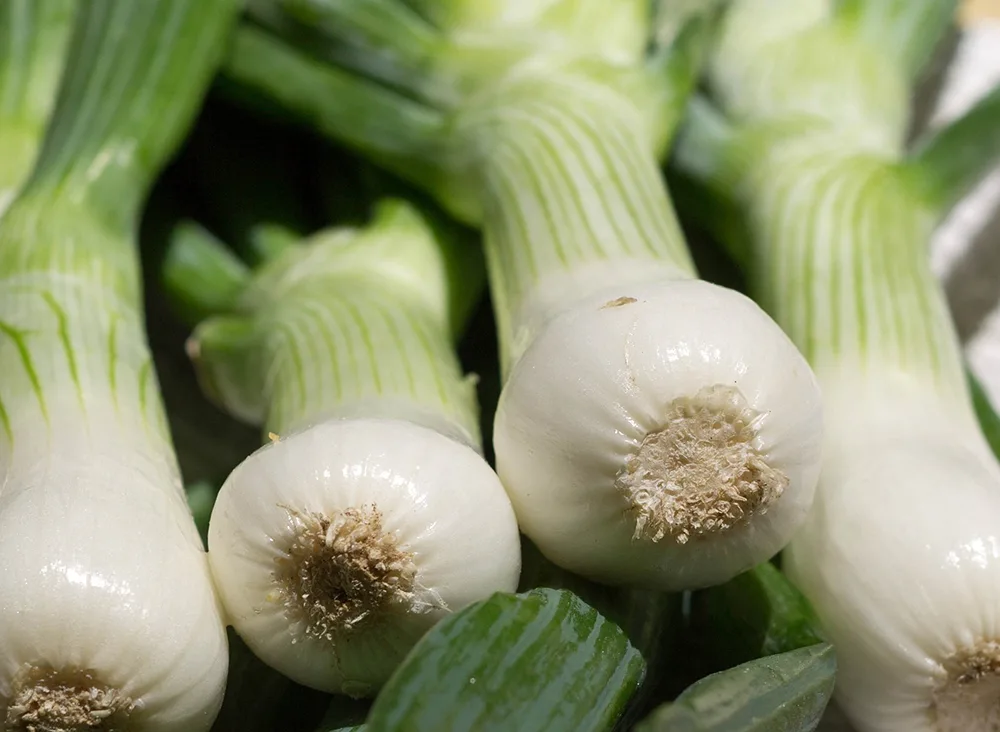
4. Lettuce – 30 days
Lettuce also has a great reputation as one of the fastest-growing vegetables; it is a fast germinator and a speedy developer. What’s even more valuable about this salad favorite is that you can just break off the leaves you need and the plant will continue to grow and produce.
Planting new seeds every 14 days will ensure a constant supply of young salad leaves all season long.
Lettuce prefers cooler climes – between 60ºF and 70ºF is best – but some varieties are tolerant of hot weather. In climates with very hot summers, most lettuce can still thrive in a shady corner of your yard or in pots on a balcony.
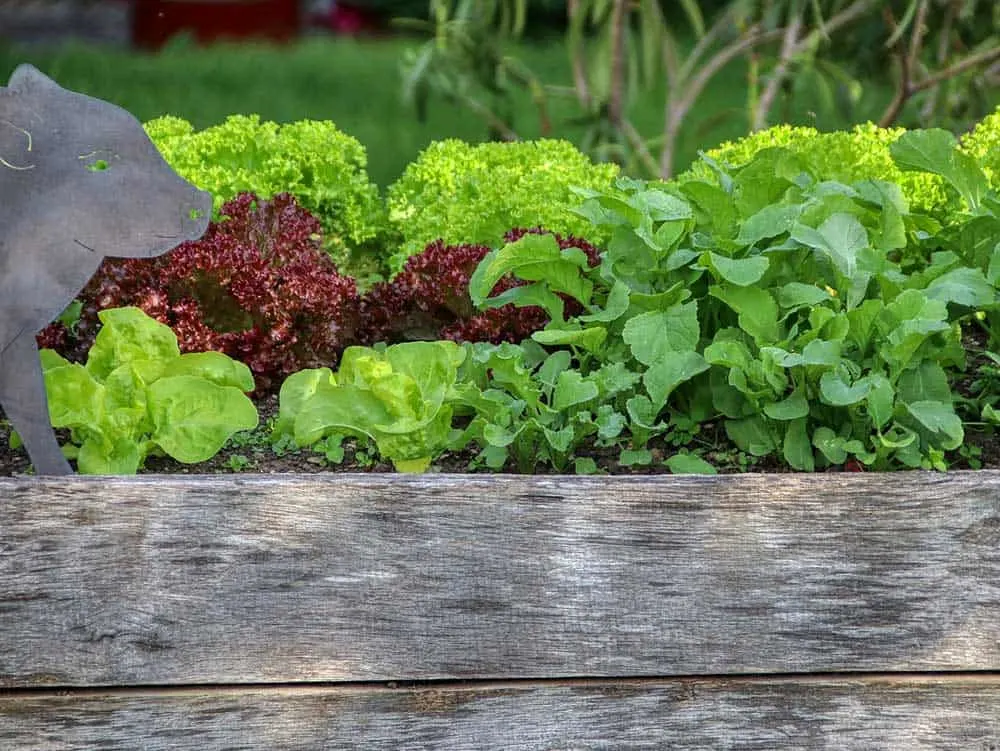
5. Spinach – 30 days
Spinach is particularly hardy, often able to cope with below-freezing temperatures. It grows quickly and can be planted as soon as the ground has thawed.
Pluck the outer leaves and re-sow seeds every couple of weeks for successive harvests. You should pick spinach regularly because the leaves will become bitter once the plant has reached maturity.
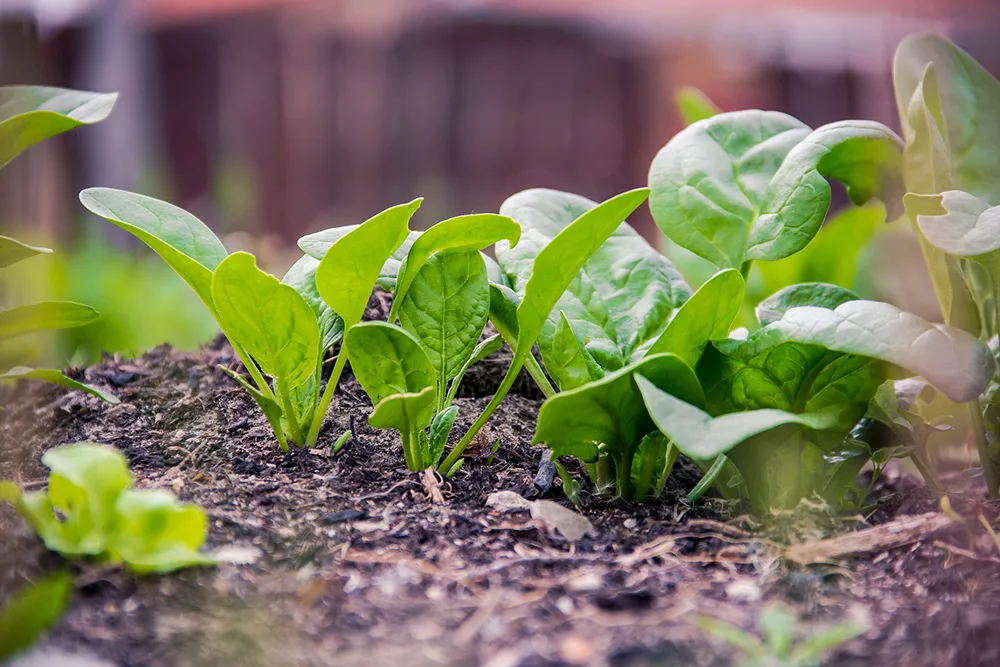
6. Turnips – 30-55 days
Mature turnip roots take just two months to grow, but you can pull baby turnips up much sooner for a tender, mild-tasting, sweet root vegetable.
When the leafy greens have reached a diameter of 2 inches, you can pick them and add them to salads and the roots will continue to grow.
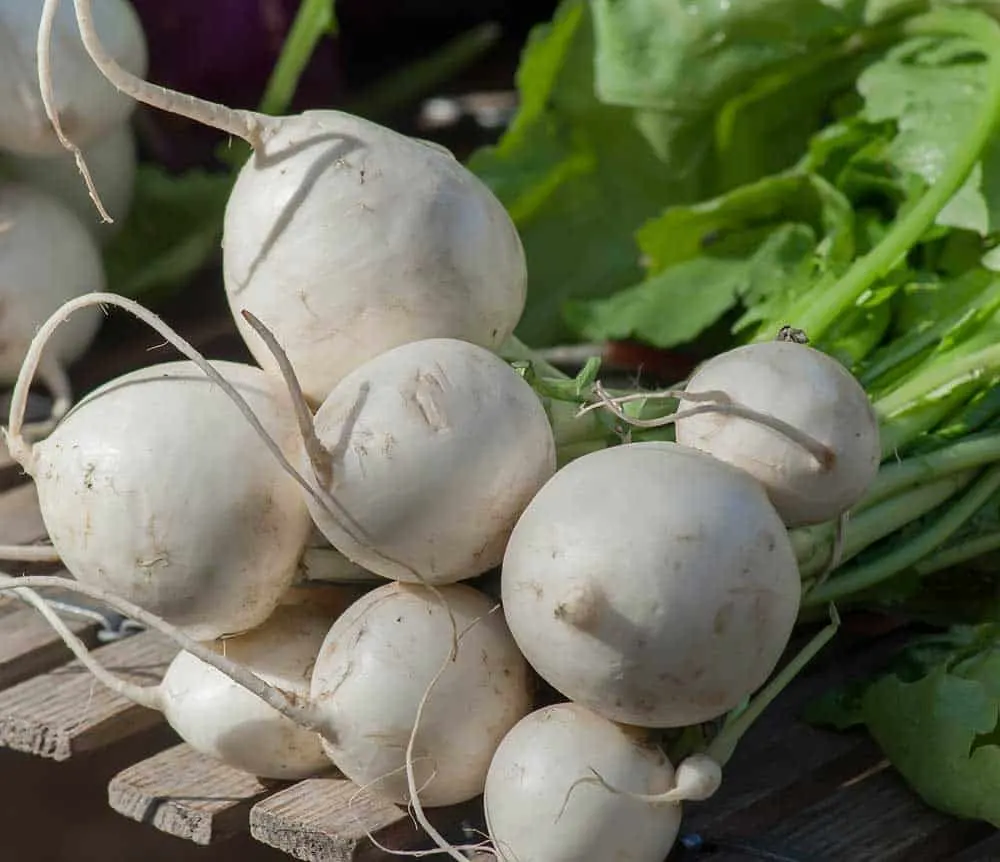
7. Beets – 35-60 days
Beets are sweet and delicious, and like turnips, the entire plant is edible. The leaves make delicious, earthy additions to the salad bowl. Only snip off one or two leaves per plant at a time – otherwise, you could impede root production.
When the top of the beetroot globe starts to show above the soil, it’s time to pull them for eating.
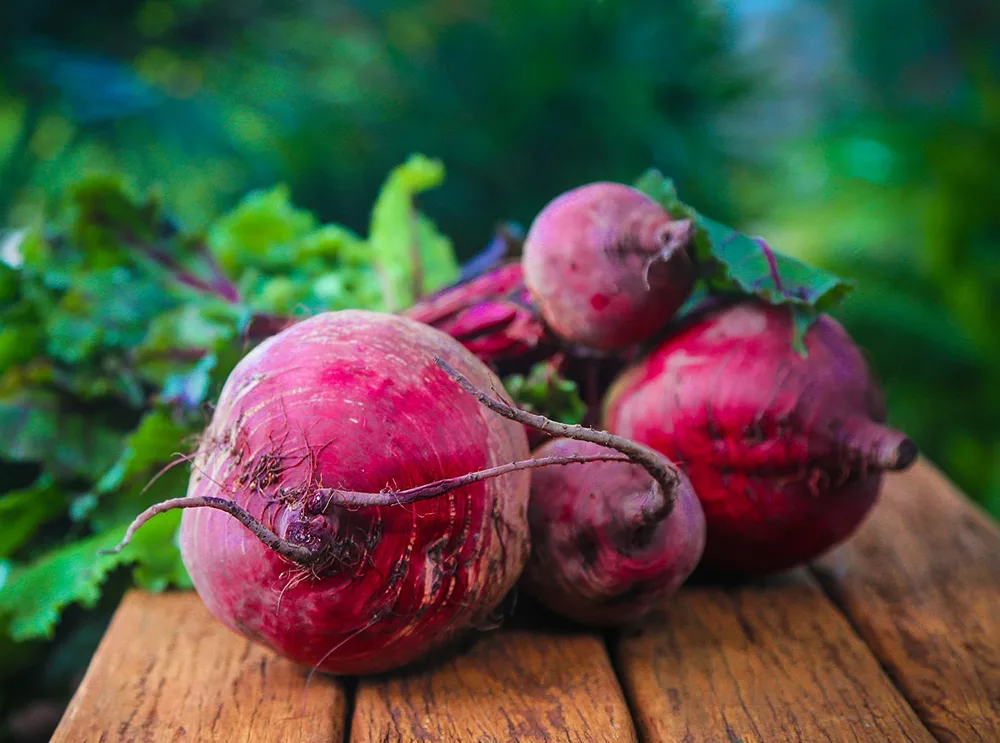
8. Zucchini – 40-95 days
Zucchini is a fast grower and each plant will produce around 6 to 10 pounds of fruit. Sprinkle used coffee grounds into the soil and around the plant to give the plant a caffeine-kick that gets it growing rapidly.
Zucchini flowers are edible and the fruits are delicious stuffed with cream cheese or fried. When spiralized, zucchini also makes an excellent pasta replacement.
9. Broccoli – 40-60 days
Broccoli is a fast germinator and delicious when picked young. Broccoli microgreens are one of the most nutrient-dense foods you can eat. Plant “Quarantina’ or “Sessantina” for quick harvests.
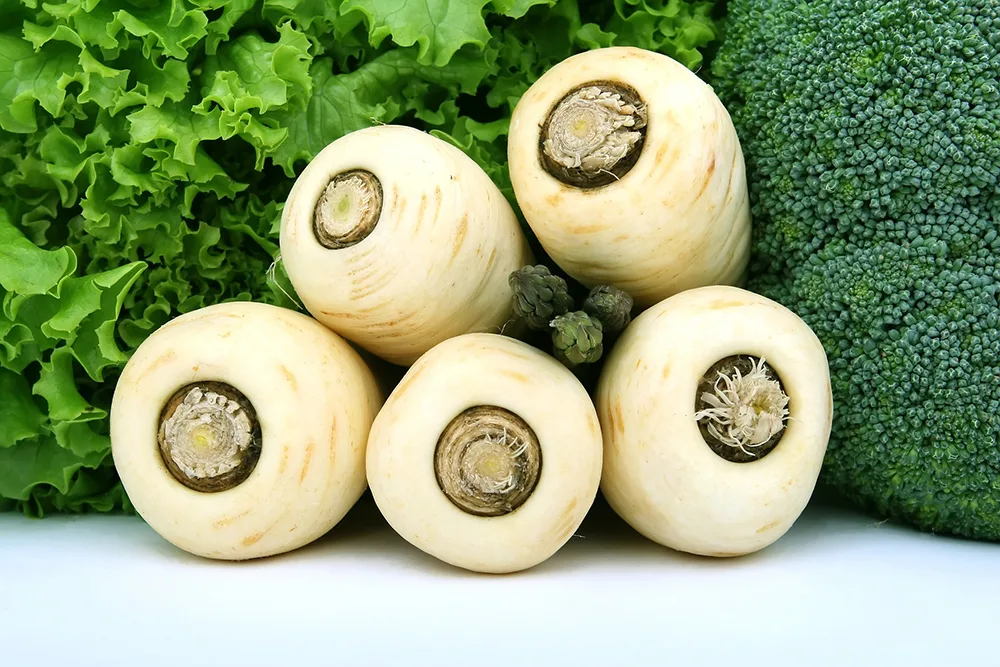
10. Baby carrots – 50 days
Carrots can be left to grow to full size or picked early for tender, sweet roots that are delicious when added whole to stews or roasted. Carrots grow quickly, and if you plan to eat them small, you don’t need to space them out. You can grow a ton of baby carrots in a pot quickly.
Like some of the other root vegetables we’ve mentioned, young carrot greens are also edible. They taste great in soups, salads, and smoothies.
11. Cucumber – 50 days
Cucumbers grow bitter with age, so pick them while they’re small and young. The fastest-growing varieties are Bush Crop, Straight 8, or Sweet Success. Harvest the fruit regularly as it encourages new fruit to develop.
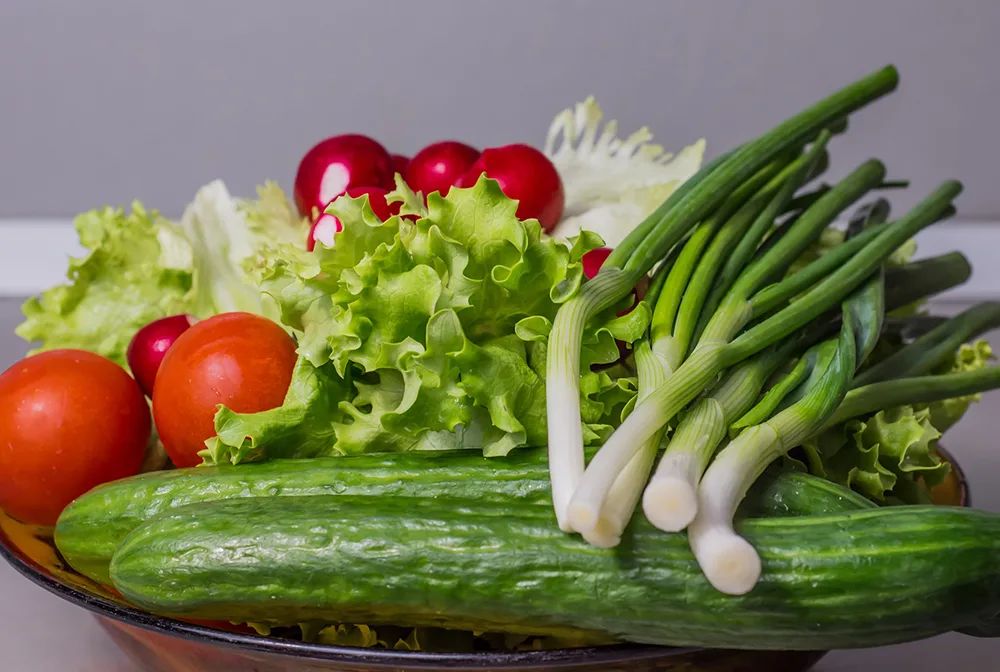
The Fastest Growing Food Plants
In a world that’s becoming more and more reliant on mass production, perhaps it’s time to consider what we can produce for ourselves. If you’re concerned about the chemicals that go into the production of your food, grow your own. There’s nothing like knowing exactly where your food comes from to enhance the satisfaction of eating the fruits of your labor.
Growing is about trial and error, but the fastest growing vegetables and fruits are often the simplest to get started. Take care of your soil and you could be enjoying fresh produce in no time.
***
Aaron Green lives in Melbourne, Australia and loves spending time in the garden with his two young kids. You can find more of Aaron’s writing over at https://www.essentialhomeandgarden.com
